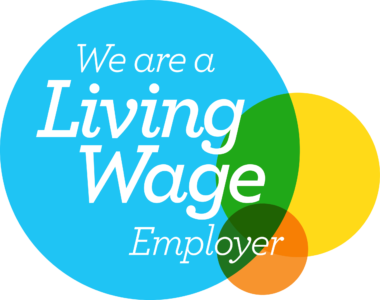Having implemented several, but by no means all, of the provisions of the Leasehold & Freehold Act 2024, and following several ministerial statements, the Government has today published the Commonhold White Paper. The focus of this is a proposal to ban the sale of new leasehold flats and for commonhold to be “reinvigorated” within a new legal framework.
The Government has said a draft Leasehold and Commonhold Reform Bill – including the detail of how the new system would work will be published later this year.
Whilst many will welcome the announcement, the devil will be in the detail of the draft bill. If implemented to the extent suggested, it will be a seismic shift in the ownership of flats for millions of owners and will have a significant impact on the development of new flats.
To assist with your understanding of commonhold as a concept, why it might be needed, how it works, how it might affect you and your investments and interests (either as a landlord or as a tenant) and what the pathway to implementation might look like, we will be publishing a series of articles over the coming weeks.
First, what is the difference between leasehold and commonhold, and what are the difficulties with each type of ownership?
Leasehold provides time-limited ownership (for example, a 99 years), and control of the property is shared with, and limited by, the freehold owner (that is, the landlord). A leasehold property reverts to the freeholder after a fixed amount of time, so leases are depreciating assets. For this reason, there are legal mechanisms to allow tenants to extend their leases albeit a premium is paid to the freeholder for this.
Commonhold allows for each individual unit holder to own their own flat and, collectively to own and manage that building (like a freehold house), giving flat owners a greater degree of control and autonomy over their asset.
Is this new?
In many countries, such as Australia, leasehold ownership does not exist. Instead, forms of “strata” or “condominium” title are used so that flats can be owned on a freehold basis.
In England and Wales, commonhold was introduced as an alternative to leasehold in 2002 under the Commonhold and Leasehold Reform Act 2002. Despite the apparent advantages, however, commonhold has not taken off – fewer than 20 commonholds have been created since the legislation came into force; a point that has not gone unnoticed by the present Government, which aims to address current issues and inadequacies in an attempt to make the new regime more workable and attractive to flat owners, landlords, developers and lenders.
Various suggestions have been made as to why commonhold has not taken off, such as the interests of freeholders, managing agents and insurers. It is also clear that the current law is unworkable in practice, which has led to a lack of confidence in commonhold as a form of ownership. This, in turn, is creating an unwillingness of mortgage lenders to lend on commonhold units.
In 2020 the Law Commission published reports with the intention of reinvigorating the idea of commonhold as an alternative to leasehold ownership however this was not accomplished, and the current Government now seems determined to follow through on its manifesto commitment to revisit commonhold and the current planned reforms appear to mark the beginning of a real push to make commonhold a success.
It will be a huge shift in the legal landscape for the ownership of flats and will take some very detailed complicated legislation to implement the system effectively. Lenders and owners alike will need to take advice on the implications and mechanisms to be introduced.
If you have any queries about commonhold, or about leasehold reform in general, or if you require assistance with any aspect of leasehold enfranchisement, please do not hesitate to get in touch with one of our specialist Leasehold Enfranchisement Team.
The content of this article is for general information only. It is not, and should not be taken as, legal advice. If you require any further information in relation to this article please contact the author in the first instance. Law covered as at March 2025.










